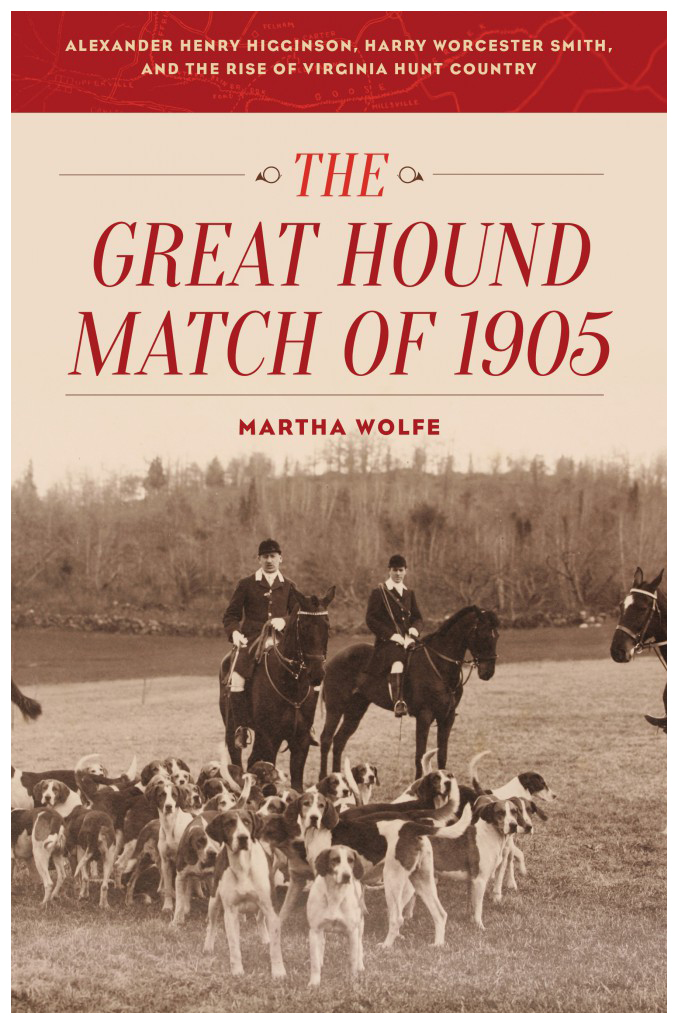
Mary Lee Settle’s Kanawha River Valley
O Beulah Land (New York: Viking, 1956) is perhaps Mary Lee Settle’s best known novel and contains perhaps her best-known character, Hannah Bridewell, a convicted thief who was transported from England in 1755, indentured to a sutler who died at the Battle of the Monongahela, and captured by the Catawba Indians from whom she escaped, following in Mary Draper Ingles’ footsteps east, up the Kanawha River Valley, from the Native American settlements on the Ohio River where she had been held captive.
Mary Lee Settle described Hannah Bridewell’s survival in the Endless (Appalachian) Mountains just east of the Kanawha River Valley in O Beulah Land:
 “When the papaw fell the woman crept out of the tree, watching where her stiffened limbs set her feet, and grabbed it from the ground so fiercely with her cold hand that the smoky blue skin broke and yellow pulp squished between her fingers. Where she had come from there had been not even sweet papaws, only a choking mass of tangled and insidious laurel hugging at her dress; rhododendron run wild over and under, making a strong mat which rose almost to tree height, mile upon mile of thick snaking roots, like the unkempt head of some insane giant. For two days she had stumbled, fought, thrust her body against the unyielding mass, without food, without water, in a maze of God, leaving a thin trail of linsey behind her in the selfish, high undergrowth, while above her head and out of sight the wild moving tops of the plants lifted their handsome black-green swirls of leaves and tried to charm the sun.”
“When the papaw fell the woman crept out of the tree, watching where her stiffened limbs set her feet, and grabbed it from the ground so fiercely with her cold hand that the smoky blue skin broke and yellow pulp squished between her fingers. Where she had come from there had been not even sweet papaws, only a choking mass of tangled and insidious laurel hugging at her dress; rhododendron run wild over and under, making a strong mat which rose almost to tree height, mile upon mile of thick snaking roots, like the unkempt head of some insane giant. For two days she had stumbled, fought, thrust her body against the unyielding mass, without food, without water, in a maze of God, leaving a thin trail of linsey behind her in the selfish, high undergrowth, while above her head and out of sight the wild moving tops of the plants lifted their handsome black-green swirls of leaves and tried to charm the sun.”
I also grew up in the Kanawha River Valley. Mary Lee Settle and I, though separated by at least three generations, have much in common. Our childhoods were spent in Charleston, West Virginia’s East End; we both graduated from Charleston High School; both our parents made the move in our late teen to Charleston’s more prestigious “South Hills” neighborhood overlooking the state capital building; and both our fathers were engineers connected, as most were then, to the coal industry. In Mary Lee Settle’s fiction I find the strong connection to a landscape, a geography, a geology that exists in other novelists’ work—like Wallace Stegner’s, like William Faulkner’s, like Eudora Welty’s. But this landscape is my landscape. Mary Lee Settle and I grew up exploring those same rhododendron-covered hillsides and hollows and river-bottom fields that Hannah Bridewell came to call home and died defending. Mary Lee Settle used the Kanawha River Valley to define the race of people from which she (and I) came and to illuminate the multitude of conflicting, paradoxical, often narrow, often vast attitudes and outlooks that formed both our ancestors’ world view.
If you want to know how and why mountain people became so fiercely independent, remain guarded against the ‘elites,’ insist on electing people who seem to go against their very interests, are wary of ‘outsiders’ and defend their right to exploit their resources even as they themselves are exploited, then forget elegies written by so-called hillbillies; read Mary Lee Settle. She traces these stereotypes and prejudices to their very sources, finds the reasons they exist, puts them into context as they are spoken by her characters and then follows the effects they inevitably produce. She shows us how humans can become instruments, pawns, martyrs heroes or heroines even before the event, before their death makes them one, when they don’t yet know how they will be remembered.


0 Comments